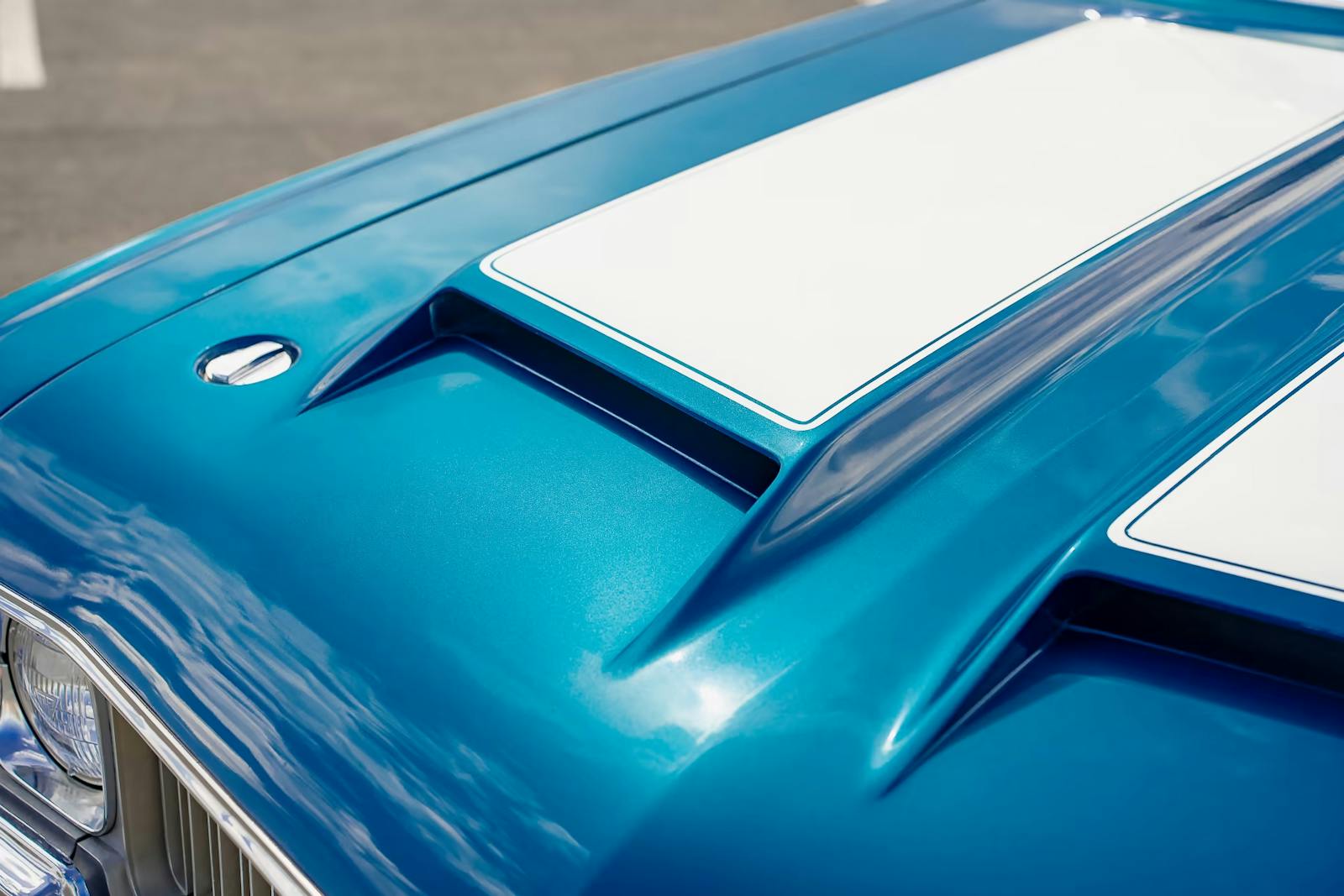Media | Articles
Stylish lighting design really brightened the look on these classics
Manufacturers have been using creative lighting as a styling element on automobiles since the very beginning, and as technology improves, so does safety. Lately, Audi in particular is getting attention with its advanced HD Matrix LED lighting technologies, but other car companies are following suit. And inside the cabins of many new luxury cars, instrument panels are quickly transitioning to fully digital, customizable displays with navigation built in.
There are several vehicles from the past that showed off analog versions of similar concepts, using illumination to improve styling and/or safety. Here are some of our favorites. If you think we missed any, post them in the Hagerty Forums below.
FINS: 1960 Dodge Polara
20181219201453)
In 1960, Chrysler Corporation reengineered its vehicles, excluding the Imperial, with “Unibody” unit construction “which surrounds you with silent strength.” While this process was already around for several decades, Chrysler was the first American corporation (although not the first American manufacturer) to employ this process in such a scale. For Dodge this meant a revised model line, ditching the Coronet, Royal, and Custom Royal, and instituting several series on two wheelbases. Dart, featuring “the luxurious Phoenix, the distinguished Pioneer, [and] the dashing and economical Seneca” used an 118-inch wheelbase, while Matador and Polara (plus wagons for all series) on a 122-inch wheelbase.
Marketplace
Buy and sell classics with confidence
The most notable styling difference between the two were the fins, with the larger Matador and Polara models featuring sharper, more angular arches that crashed to Earth before reaching the taillights. In the case of the Polara, the edge of the fin contained a subtle red lens that lit up when the headlights were turned on—a nice touch that accentuated the rocket-like rear. Sure, Cadillac illuminated its fins starting with the 1959 Eldorado Brougham, but the complementary nature of the Polara’s lens is a unique detail.
DASHBOARD: 1960-62 Chrysler, 1960-63 Imperial, and 1966-67 Dodge Charger
20181219201425)
Like the Dodge, the 1960 Chrysler was all-new in many respects, but the model series remained: Windsor, Saratoga, New Yorker, and 300-Letter Series (it was F’s turn for ’60). While the industry was beginning to eschew fins, Chrysler’s were prominent and proud, arguably the high point for the brand during the Atomic Age. Yet it was inside that may have elicited the most “oohs and aahs” from drivers and passengers alike thanks to the latest in Jet Age styling: the AstroDome instrument cluster.
“Prepare for the most unusual driving experience of a lifetime,” read the brochure. The array of instruments had a three-dimensional effect due to a spherical housing, staggered gauges, and “Panelescent” electroluminescent lighting that “bathes them in a soft, glare-free glow.” The 1960 Imperial had a different instrument panel design but shared the same system; for 1961-63, the system continued but the design was shorn of any gee-whiz 3D effects. The 1966-67 Dodge Charger also featured a similar system albeit with a more contemporary design.
TAILLIGHTS: 1965-1971 Ford Thunderbird, 1967-72 Mercury Cougar, 1968-70 Shelby Mustang, 1969 Chrysler Imperial
20181219201525)
In 1965, Ford introduced a neat gimmick for the Thunderbird: sequential rear turn signals. They didn’t blink like conventional lights but, rather, began with the innermost directional light, then adding the second and subsequently the third until they were all illuminated for a three-step movement, with the cycle repeating until the signal was cancelled. Or, in Ford’s words, “Triple pulses of light ripple across the taillight to ‘point out’ your turn.”
This feature was standard on every Thunderbird through 1971; FoMoCo also introduced it for the 1967-73 Mercury Cougar and 1968-70 Shelby GTs. Interestingly, the redesigned 1969 Chrysler Imperial also had sequential taillights but it would disappear by 1970. Today, Ford has given a nod to its lineage by offering this feature for every Mustang since 2010, and even Audi adopted it in combination with traditional blinkers.
SUPPLEMENTAL LIGHTING: 1968-70 Thunderbird, 1971-78 Toronado, 1974-76 Riviera
20181219201544)
In 1986, regulators in Washington required all cars sold in the United States to have a third brake light noticeably higher than the regular lights. But did you know that Ford debuted “High-Level Taillamps” for the Thunderbird in 1968? This option featured two lights mounted inside on both sides of the rear window for “eye-level warning to following drivers.” This rare option lasted through 1970 (by then, limited to four-door T-birds), but the following year Oldsmobile introduced the redesigned Toronado (a Thunderbird competitor) that featured a similar system stylishly mounted in sculpted niches below the backlight. The Toronado carried this feature through 1978, and the Buick Riviera adopted it for 1974-76 after the “Boattail” Riv’s restyle.
20181219201409)
20181219201514)
20181219201349)

